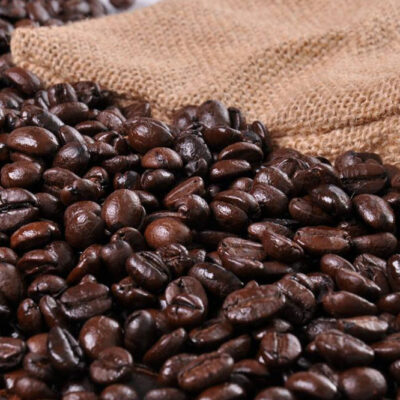
Different Types of Heart Disease and Associated Symptoms
Heart disease is a severe condition that affects millions of people in the United States every year and can lead to heart attacks, strokes, and other life-threatening illnesses. There are many different types of heart disease, each with their own set of symptoms. If you are experiencing any such symptoms, it is essential to see a doctor. Therefore, knowing the signs and symptoms of heart disease is essential to helping you get the treatment you need:
1. Coronary artery disease (CAD)
CAD, also known as coronary heart disease (or CHD), occurs when plaque builds up inside the coronary arteries, potentially leading to a heart attack. Symptoms include chest pain, shortness of breath, and nausea. CAD and CHD symptoms can be treated with lifestyle changes, medication, angioplasty (a procedure to open blocked arteries), and coronary artery bypass graft surgery (CABG).
2. Atrial fibrillation
AFib is a condition in which the heart’s rhythm becomes irregular. This condition can lead to blood clots, stroke, and other serious health problems. Symptoms of AFib include shortness of breath, chest pain, and heart palpitations. Atrial fibrillation can be caused due to side effects of medications like Ibrutinib. Atrial fibrillation is treated with anticoagulants (blood thinners), beta-blockers, and other medications. In severe cases, doctors may recommend mitral valve prolapse treatment or a transcatheter aortic valve replacement for paroxysmal arrhythmia. If you have any concerns, be sure to consult with your doctor.
3. Heart valve disease
Heart valve disease (HVD) occurs when one or more heart valves become narrowed or blocked. This blockage can lead to chest pain and shortness of breath. Symptoms of HVD include chest pain, coughing, and swelling of the feet and ankles. Heart valve disease is treated with lifestyle changes, medication, valve repair or replacement surgery, or a ventricular assist device (VAD), which is a device to help the heart pump blood.
4. Pericardial disease
Pericardial disease (PD) is a condition in which the pericardium, which is the sac that surrounds and protects the heart, becomes inflamed. This disease can lead to chest pain. Pericardial disease is treated with anti-inflammatory medications, surgery, or pericardiocentesis (a procedure to remove fluid from the pericardium).
5. Cardiomyopathy (CMD)
CMD occurs when the heart muscle becomes weak and unable to pump blood effectively. Symptoms of CMD include swelling of the legs and fatigue. There are several kinds of CMD, so symptoms can vary depending on the type you have. For example, hypertrophic cardiomyopathy (or HCM) is a complex type of cardiomyopathy that causes a thickening of the heart muscle (especially the ventricles, or lower heart chambers), left ventricular stiffness, mitral valve changes, and cellular changes. If you are experiencing any of the symptoms listed above, it is crucial to see a doctor right away. Early diagnosis and treatment are vital in preventing severe health problems.
If you have any questions or concerns about your risk for heart disease, please consult your doctor. They will discuss your risks and what steps you can take to prevent or treat heart disease.


